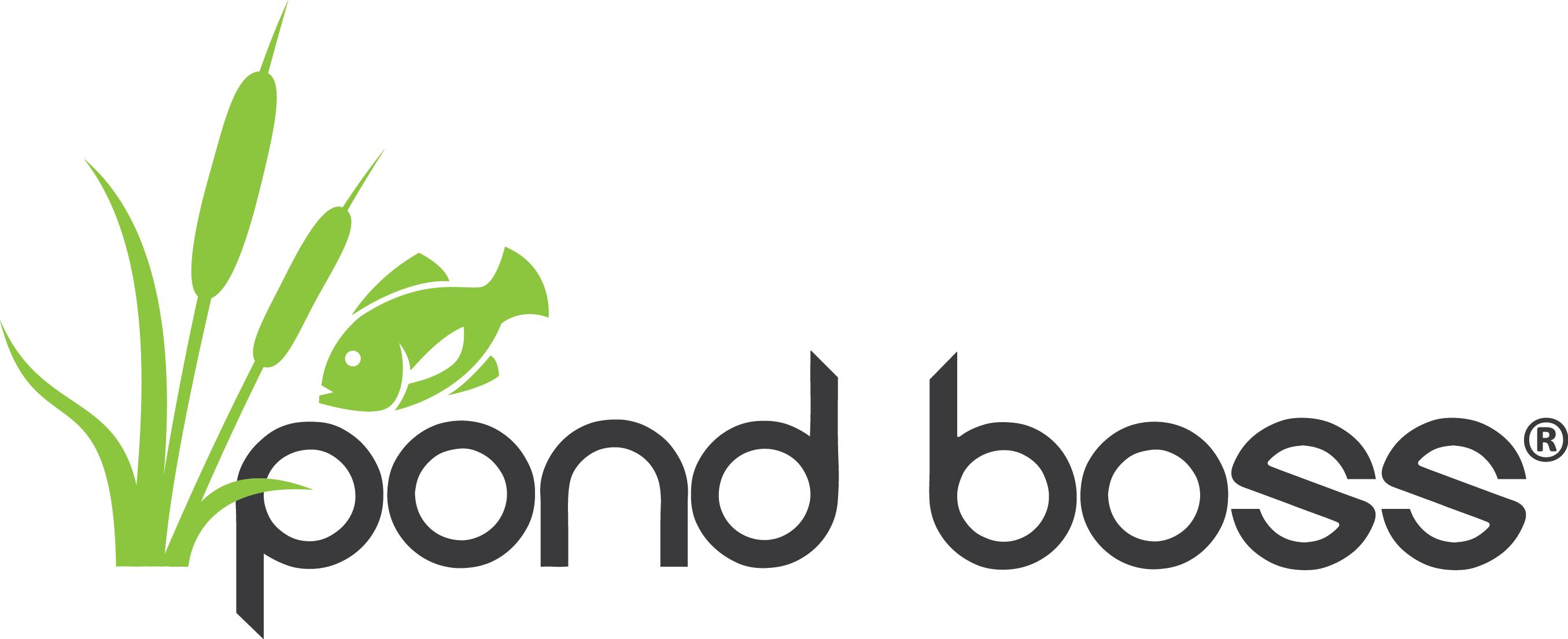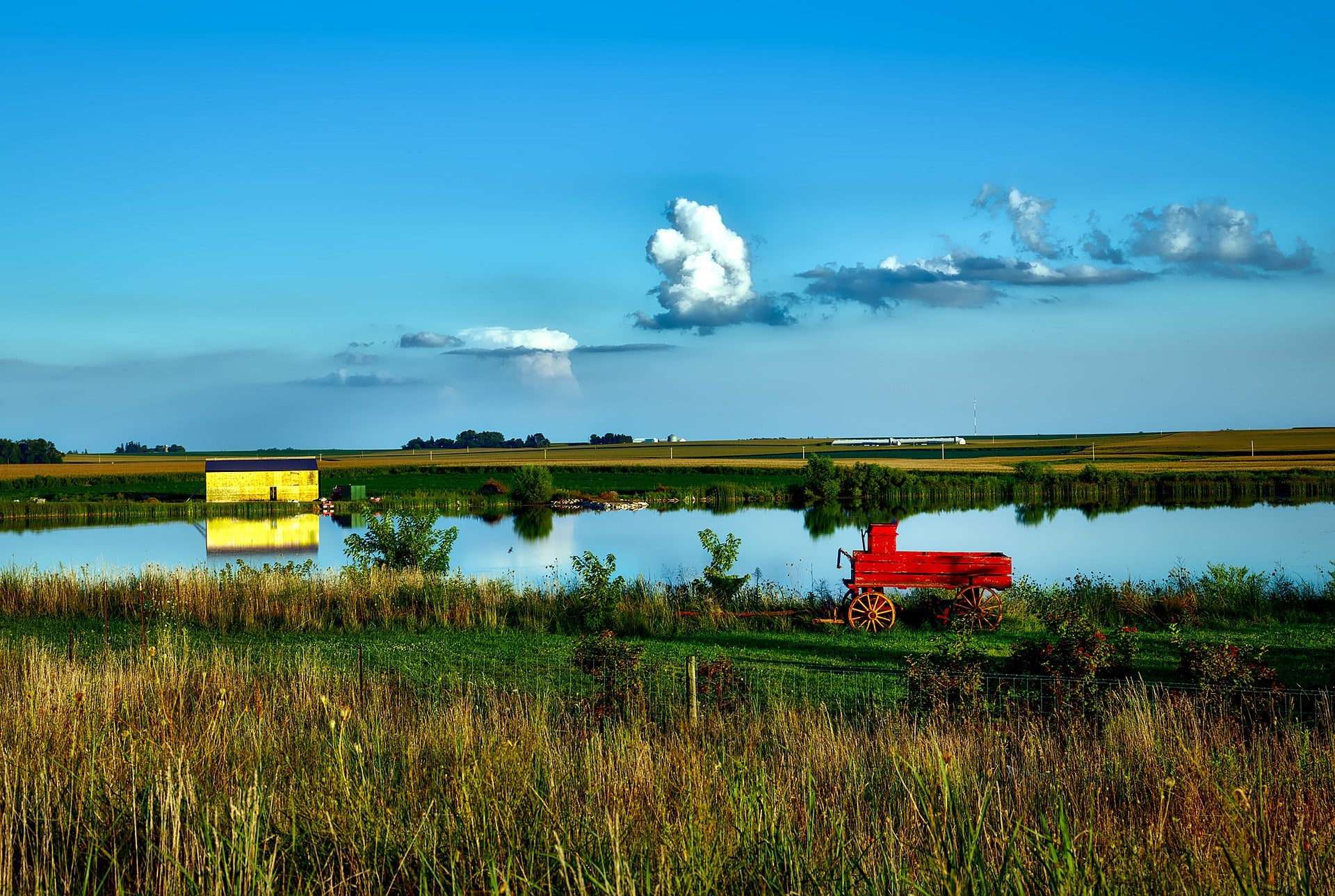
Sub Surface Aeration Startup
Starting up a sub surface aeration system for your lake can be quite the undertaking, but with the right tools and equipment this process is made simple. First, you will need to know a little bit about sub surface aeration to get you started.
Sub surface aeration is more effective based on the volume of water affected. The depth of the lake will change circular diameter of the reach of the aerator bubbles. As shown in the illustration above, the aerator at a depth of 20 feet has a much broader reach than that of the aerator of 6 or even 12 feet. The pond boss® PRO offers a unique solution to reach a greater volume of water and it is with diffusers’ output. Typical diffusers release the air bubbles straight from the diffuser causing a pillar effect. pond boss® PRO diffusers release bubbles in is a swirling motion which create a spiral staircase like effect and spreads the reach of the bubbles out into a cone shape. In addition, the size of the bubbles coming out of your diffuser have a greater impact on surface area as the bubble size is reduced. That is why each pond boss® PRO diffuser is made with over 6,000 micro-pores.

You need to know the size and shape of your lake including the depth.
As you can see, the variety of shapes and sizes of your body of water can alter your equipment needs and placements. In both examples, along the shoreline an air diffuser isa dual rocking piston compressor is used to power all the diffusers marked on the map for their ideal locations. The lines represent the weighted tubing used to connect the two items.
A sub surface aeration system should be slowly introduced by turning on for 15 minutes the first day of use and doubling the amount of time every day for a week until the system can be left on 24/7. Here is our recommendation on how to integrate the sub surface aeration system into your lake.

The importance of a gradual introduction period is to acclimate the fish and aquatic plants to the adjusted temperature of the lake water. In summer cooler temperatures are at the bottom of the lake while warmer temperatures are at the top (this is the opposite in winter), to avoid temperature shock as the water and its temperatures are mixed this one week introduction plan will help you.


